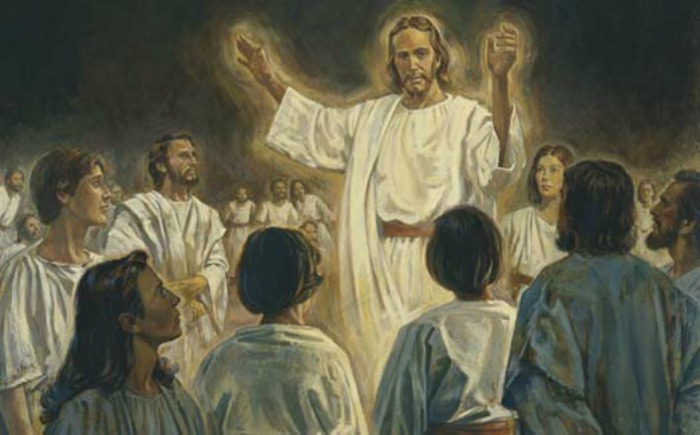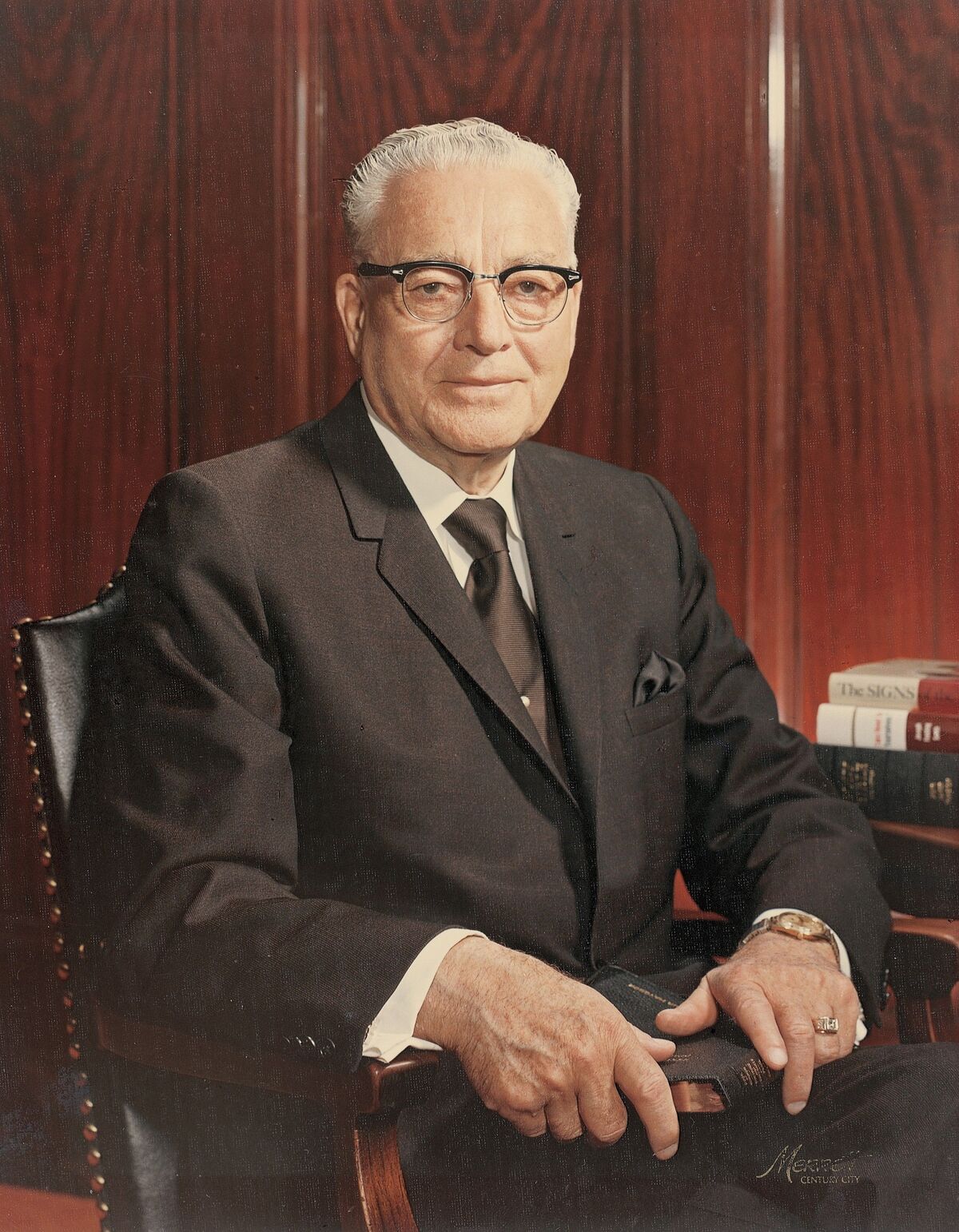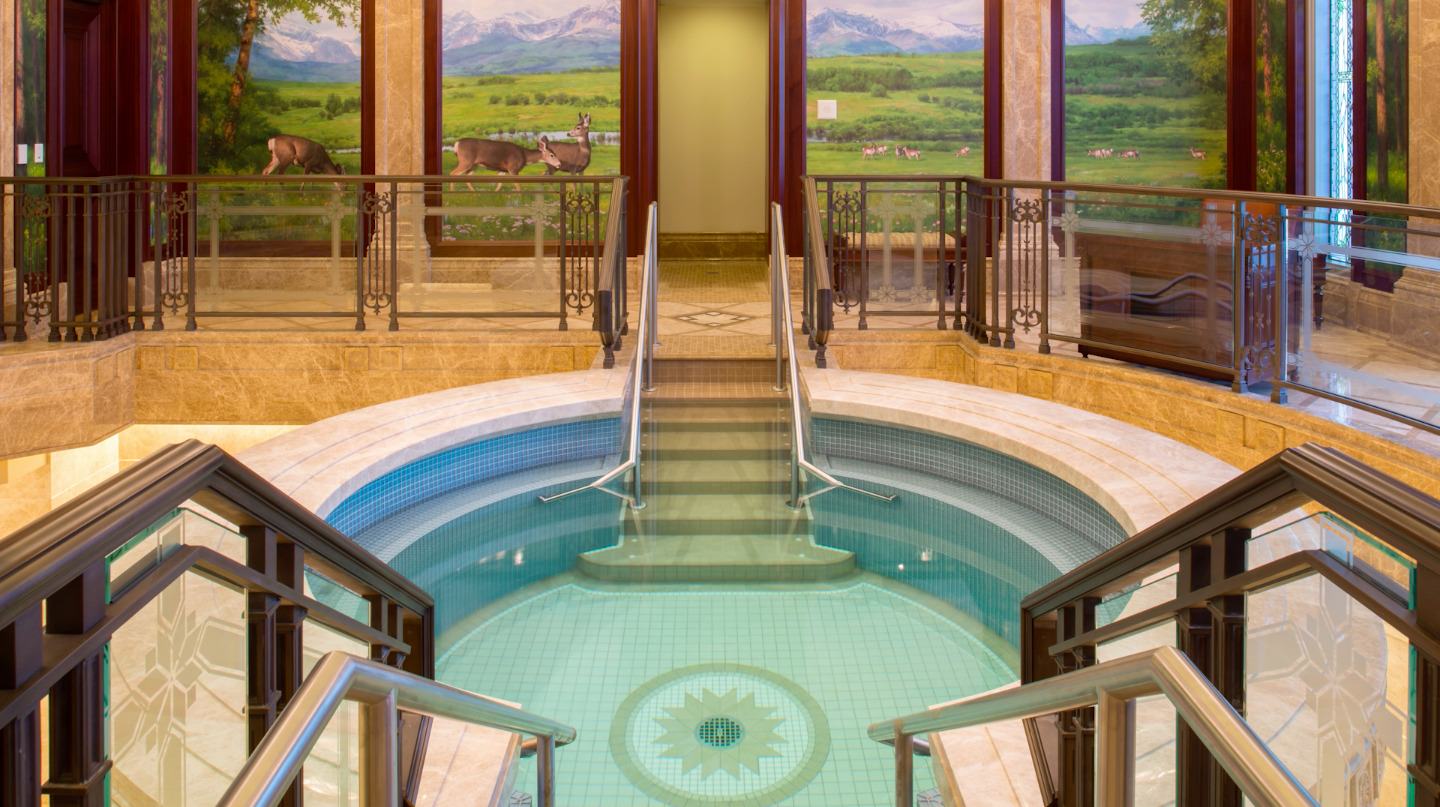Historical Videos of the Logan Utah Temple

The history of the Logan temple is rich and full of miracles that helped the members of The Church of Jesus Christ of Latter-Day Saints grain greater understanding of their purpose on Earth. These youtube videos are awesome! They start from the beginning and go through the whole process of the building of the Logan Temple. They are not super long and worth a watch! Let me know what you think!
Summery 1 of 6:
Before, the Latter-Day Saints pioneers moved into the Cache Valley area the Shoshone people lived in the Logan area. The Shoshone people used the Cache valley to harvest the choke cherries, and also used it as their ”winter home”. According to this documentary there were approximately ten bands of Shoshone’s in the Northern Utah area. The Shoshone had a settled migration they would follow, where the animals and the berries could be found.
There were mountain men that came to Cache Valley. The tappers would trade with the Native Americans in Logan. Logan is actually named after one of the trappers that lived in the area. Logan was originally named ”Willow Valley” because of all the Willow trees in the area, but the trappers changed the name.
Summery 2 of 6:
Before the Latter-Day Saints migrated West there were other groups making their way to the west coast, and other areas of the west. With the western migration there were troubles between the Native Americans and the wagon trains. The people in the wagon trains had heard stories of aggressive Native Americans, because of stories and rumors they heard these groups of travelers a along the Oregon Trail started a “shoot on-sight” policy for any Native American. This caused the Native Americans to retaliate, an eye for an eye, and there were many deaths.
When the migration of the westward pioneers came through to settle in Utah, the Shoshone people noticed a difference in the ”Mormon Pioneers.” The Latter-Day Saints had children with them, and they sang songs together. It was a different feeling then the wagon trains that came before. The “Mormon Pioneers” were more of a happy people and had a religious nature.
With the lush grass in the Cache Valley area they tried to keep cattle up in the area for the winter but all but the 450 head of the 2,000 head of cattle starved. Through the hard work of prominent leaders like Peter Maughan, Ezra T. Benson, Bishop Henry Ballard, Bishop Henry Daines, Captain James Willie, Marin W. Marrill, Moses Thatcher and others they were able to make the area flourish.
In 1957(ten years after the pioneers entered to the valley), there were lot of problems happening around Utah. Johnston’s army, and Mountain Meadow Massacre were two notable events. Brigham Young called many people back to Salt Lake, worried they would have to fight the army or migrate again.
In the beginning of the settlement of the Latter-Day Saints Pioneers the Native Americans that Latter-Day Saints pioneers got along, but over time conflict escalated with the disruption of lifestyles. Beautiful stories of the Native Americans teaching the Latter-Day Saint pioneers which plants and seeds they could eat and how to survive on the land.
Summery:
Part 3 of 6
The problems between the Latter-Day Saints and the Shoshone escalated. The American army came in and the terrible events of the Bear River Massacre took place. The army attacked a sleeping band of Shoshone people. About 350 Shoshone women, children and men were killed. There were only eight people from that band left alive.
After this heartbreaking massacre, the Shoshone people were never able to go back to the life that they were accustomed. This group of Shoshone searched out a man named George Washington Hill and asked him to baptize them, because of a dream. He taught the gospel to this band of Shoshone people and 101 members were baptized in the waters of the Bear River.
Brigham Young announced at a General Conference of the church that they were to divide Utah into regions. The Salt Lake Region, Manti Region, Logan Region and the St. George Region. Each region would have a temple and the people in each region were in charge of raising the funds to build the temples.
This was an exciting time for the Latter-Day Saint members. In Logan they had started building a tabernacle, and building the tabernacle had given the people experience on building and learning the resources around the area for building.
Brigham Young had come to Logan to visit his daughters. One morning Brigham took his young grandson out to look for a temple spot. The temple location was chosen that morning while Brigham was out with his young grandson.
Truman O. Angell was the architect on the Logan temple, along with many other prominent Latter-Day Saint building of the time.
Summery: Section 4 of 6
This video goes over how the workers of the temple were fed and donations of the people to keep the temple workers going.
Charles Ora Card was in construction and a prominent name in the building of the Logan temple. Card was called to build the tabernacle and then was asked to switch to start building the Logan Temple. He was called to build, encourage and help the people build the Logan Temple.
The Relief Society was in charge of raising funds for clothing for the temple builders. The women would donate small sums of money that made up a big difference in the temple. Even the primary children were involved in the fund raising. There was a “nickel fund” when the children would donate nickels to the building of the temple. There’s a cute story about a little boy wanting to see where his donations were going and was allowed to look at the construction.
The groves of trees that the Logan Temple was built from up Logan Canyon. The railroad was interested in the same grove of trees, and both groups ended up helping each other out. Moses Thatcher was the head of the railroad in the area and he was also the president of the Cache Valley Stake, so the two groups worked together well.
There is a sad story of two young men taking lumber down the mountains to the Logan Temple and they were caught in a avalanche and did not survive.
J. Golden Kimball shows up in this clip with how the got the cattle to listen to him. He’s one of my kids favorite people from church history.
The Logan Temple is made out of sandstone. There are three quarry’s that they would get the stone from. The main quarry is in green canyon just two miles from the temple site, the other in Hyde Park, and the limestone was from Franklin, Idaho.
Robert Crookston was a professional mason that helped build the Logan Temple.
Henry Ballard(Elder M. Russell Ballard ancestor) was converted to The Church of Jesus Christ of Latter-Day Saints in Thatchum England. A blessing from missionaries healed Henry from Typhoid fever and Henry and his parents moved to Utah, settling in Logan.
Summery:
Logan Temple 5 of 6
Henry Ballard settled in Ballard springs and later in Logan proper. He was a single man who was made bishop of the second ward established in Logan. Margaret McNeil joins the church in Trotternich Scotland. She carried her little brother most of the way, because he was sick. Margaret and Henry Ballard eventually married.
Henry Ballard’s wagon was the first wagon to bring sand to the new temple site!
The Shoshone people were very interested in the building of the Logan temple. They sent two young people to go over and work on the temple. Because it ended up being a good experience they sent over 16 young people over to build the temple. They were very involved in the building of the Logan Temple. This group donated over 8,000$ in hours of service to the building of the Logan Temple.
The Logan Temple carpet was done by the Relief Society sisters in the area.
Henry Ballard genealogy story.
John Taylor dedicated the Logan Temple.
The temple was whitewashed, but later the original rock was allowed to stay in the end.
Updating the Temple.
Updating the Logan Temple
The importance of the Logan Temple in settling Utah.
The Logan Temple is a ”Beacon on a Hill.”
The Logan Temple is built to stay until the end of time.










